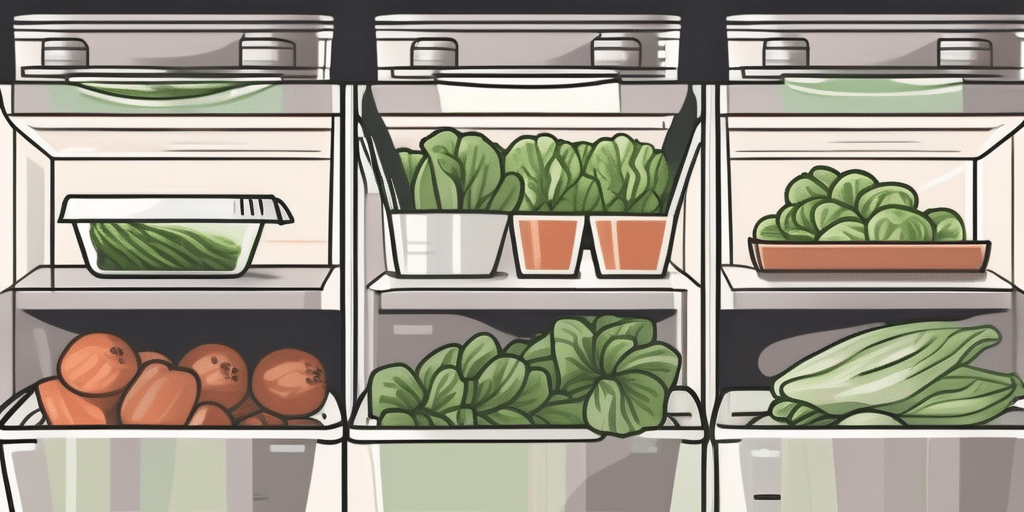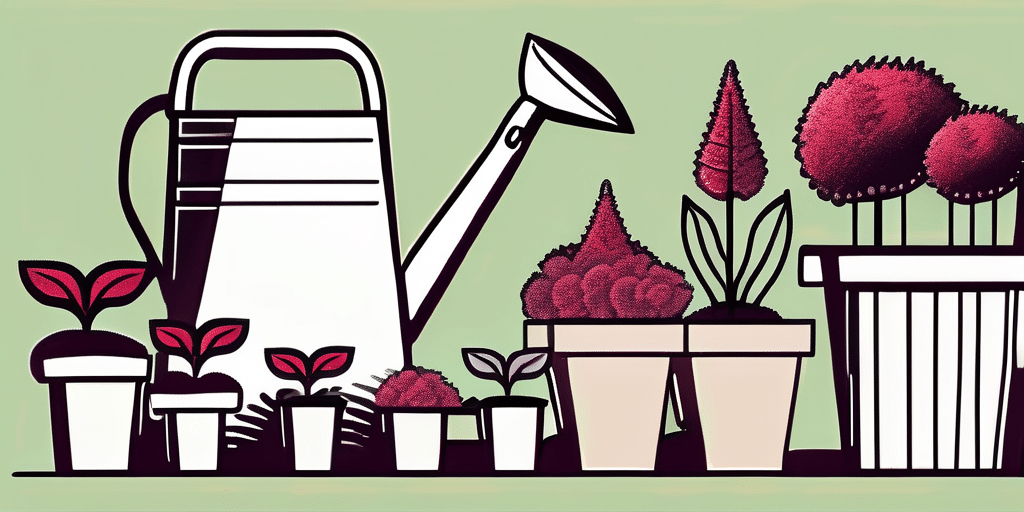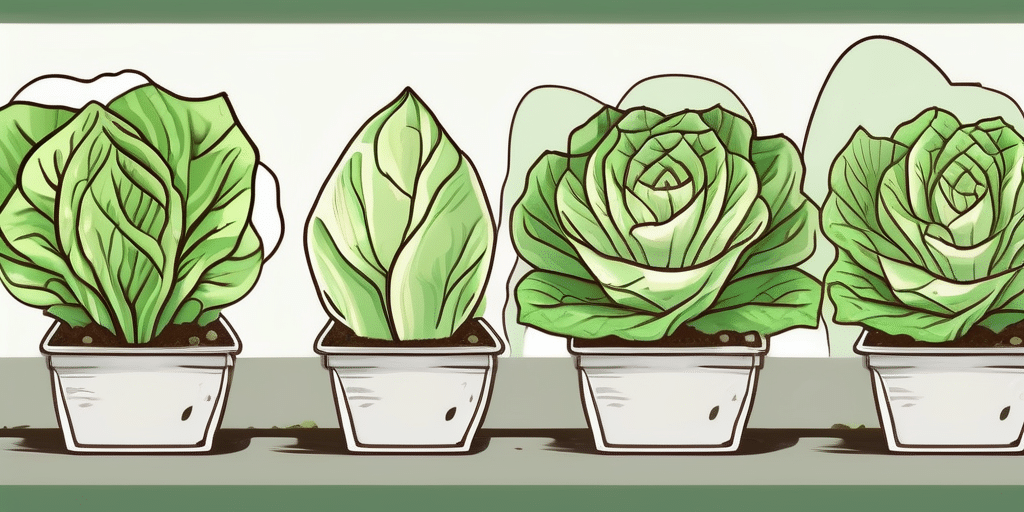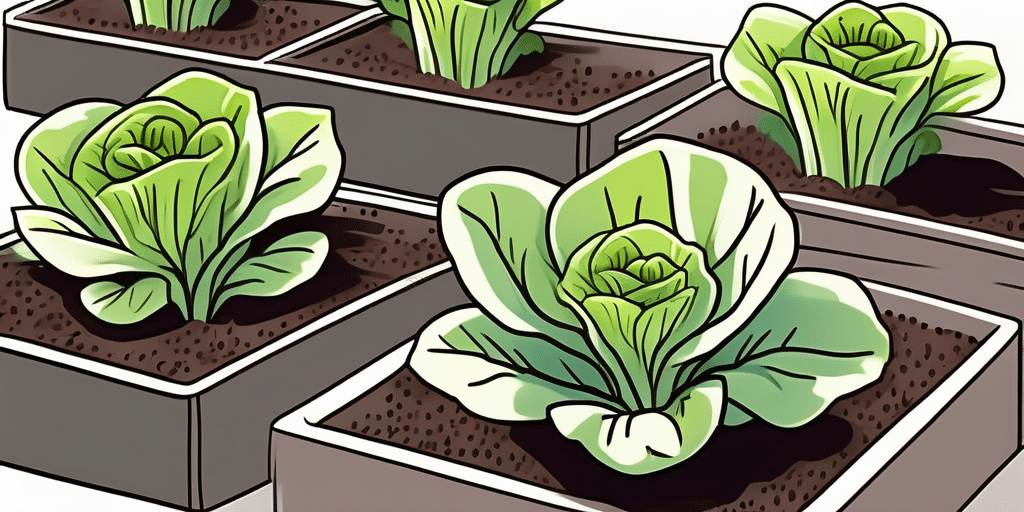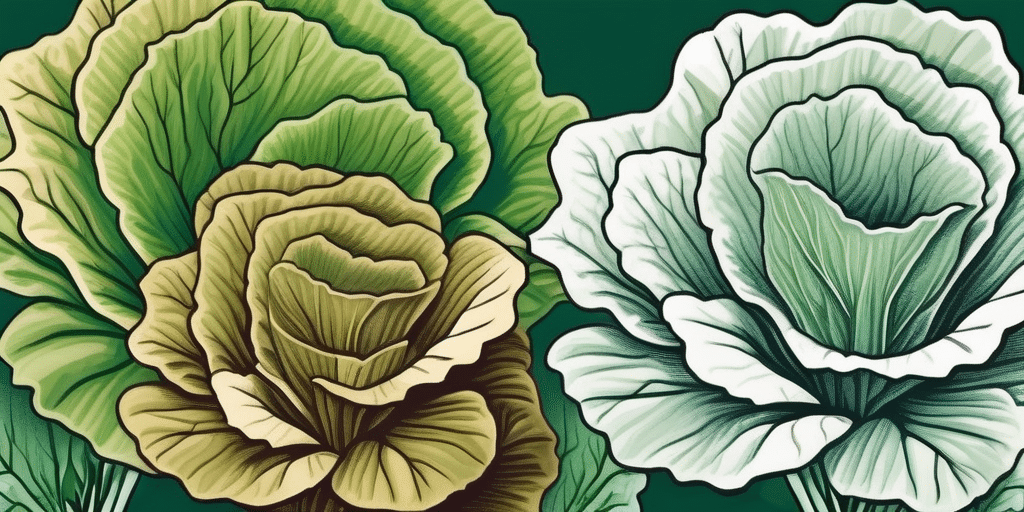The process of fertilizing oak leaf lettuce is a crucial step in ensuring a healthy and bountiful harvest. Oak leaf lettuce, a variety of loose-leaf lettuce, is known for its tender, sweet leaves and its resistance to bolting in hot weather. However, to achieve the best results, it’s essential to understand the right fertilizing techniques. Let’s dive into the world of oak leaf lettuce and learn how to fertilize it effectively.
The Importance of Fertilizing Oak Leaf Lettuce
Fertilization plays a pivotal role in the growth and development of oak leaf lettuce. It provides the necessary nutrients that the lettuce needs to thrive. Without proper fertilization, your lettuce may lack the essential nutrients it needs to grow, leading to stunted growth or even plant death.
According to the USDA, lettuce is a heavy feeder, meaning it requires a lot of nutrients to grow properly. Therefore, regular fertilization is a must if you want to harvest a healthy and bountiful crop.
Benefits of Fertilizing
Fertilizing your oak leaf lettuce offers several benefits. First, it ensures that your lettuce gets all the nutrients it needs to grow. This leads to healthier plants and a more abundant harvest. Second, it can help improve the soil’s fertility, making it more conducive for plant growth. Lastly, it can help prevent nutrient deficiencies, which can cause various problems such as yellowing leaves and stunted growth.
According to a study by the University of California, Davis, regular fertilization can significantly increase the yield of lettuce crops. So, if you want to get the most out of your oak leaf lettuce, don’t skimp on the fertilizer.
How to Fertilize Oak Leaf Lettuce
Now that we understand the importance of fertilizing, let’s get into the nitty-gritty of how to do it. Fertilizing oak leaf lettuce involves several steps, and it’s crucial to follow them in the right order to ensure the best results.
- Test the soil: Before you start fertilizing, it’s important to test your soil to determine its nutrient levels and pH. This will help you choose the right type of fertilizer and determine how much to use.
- Select the right fertilizer: Oak leaf lettuce needs a balanced fertilizer, typically one with a ratio of 10-10-10 (nitrogen-phosphorus-potassium). You can choose between organic and synthetic fertilizers, depending on your preference.
- Apply the fertilizer: Apply the fertilizer according to the package instructions. Be careful not to over-fertilize, as this can harm the plants.
- Water the plants: After applying the fertilizer, water the plants thoroughly. This helps the fertilizer to dissolve and reach the plant roots.
Remember, the key to successful fertilization is consistency. It’s important to fertilize your oak leaf lettuce regularly, usually every 2-3 weeks, to ensure it gets all the nutrients it needs.
Common Mistakes to Avoid
While fertilizing oak leaf lettuce is relatively straightforward, there are a few common mistakes that gardeners often make. By being aware of these, you can avoid them and ensure a successful fertilization process.
- Over-fertilizing: While it’s important to provide your lettuce with plenty of nutrients, overdoing it can be harmful. Too much fertilizer can burn the plant roots and lead to nutrient imbalances.
- Not testing the soil: Soil testing is a crucial step in the fertilization process. Without it, you won’t know what nutrients your soil lacks or its pH level, both of which can affect the effectiveness of your fertilizer.
- Using the wrong type of fertilizer: Not all fertilizers are created equal. It’s important to use a balanced fertilizer for oak leaf lettuce to ensure it gets all the nutrients it needs.
By avoiding these common mistakes, you can ensure that your oak leaf lettuce gets the right amount of nutrients and thrives in your garden.
Conclusion
Fertilizing oak leaf lettuce is a crucial part of the gardening process. It ensures that your lettuce gets all the nutrients it needs to grow and thrive. By following the steps outlined in this guide and avoiding common mistakes, you can ensure a successful fertilization process and a bountiful harvest.
Remember, the key to successful gardening is patience and consistency. So, keep learning, keep experimenting, and most importantly, keep growing!
Join Our Green-Thumbed Community!
Ready to transform your gardening skills and cultivate the Garden of Your Dreams? Subscribe for free to How to Grow Everything and gain access to a treasure trove of gardening wisdom! Receive personalized advice tailored to your grow zone, experience, and interests. Enjoy exclusive tips, special offers, and heartfelt insights—straight from our family to yours. No spam, just the purest gardening knowledge to help you grow not just oak leaf lettuce, but everything your heart desires. Embark on your journey to a greener world today!

